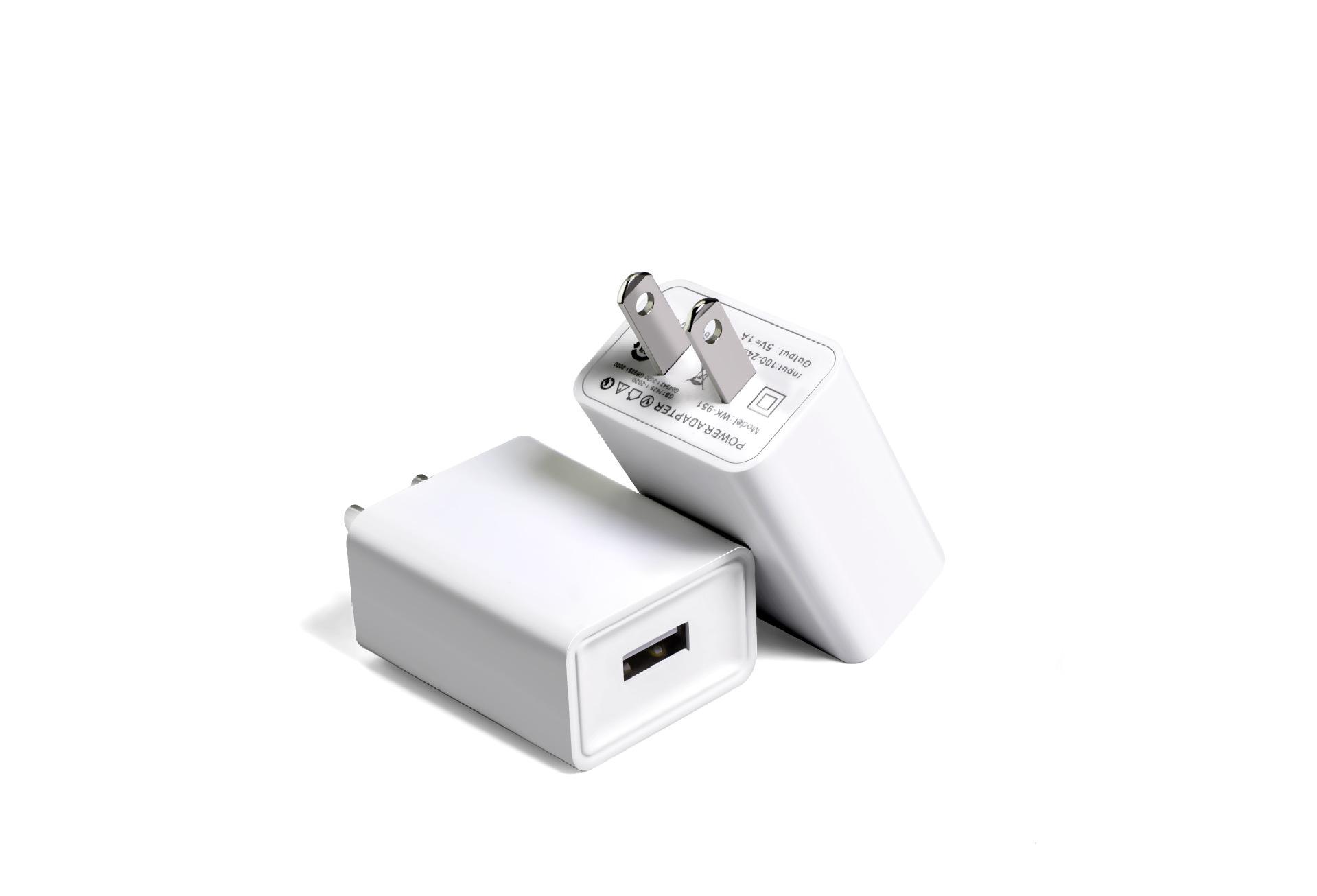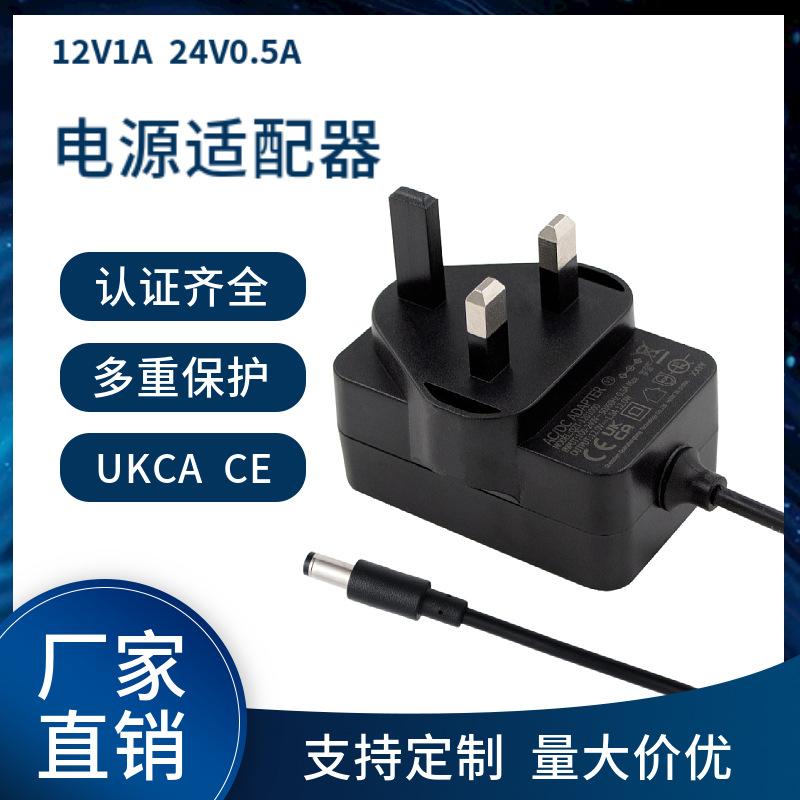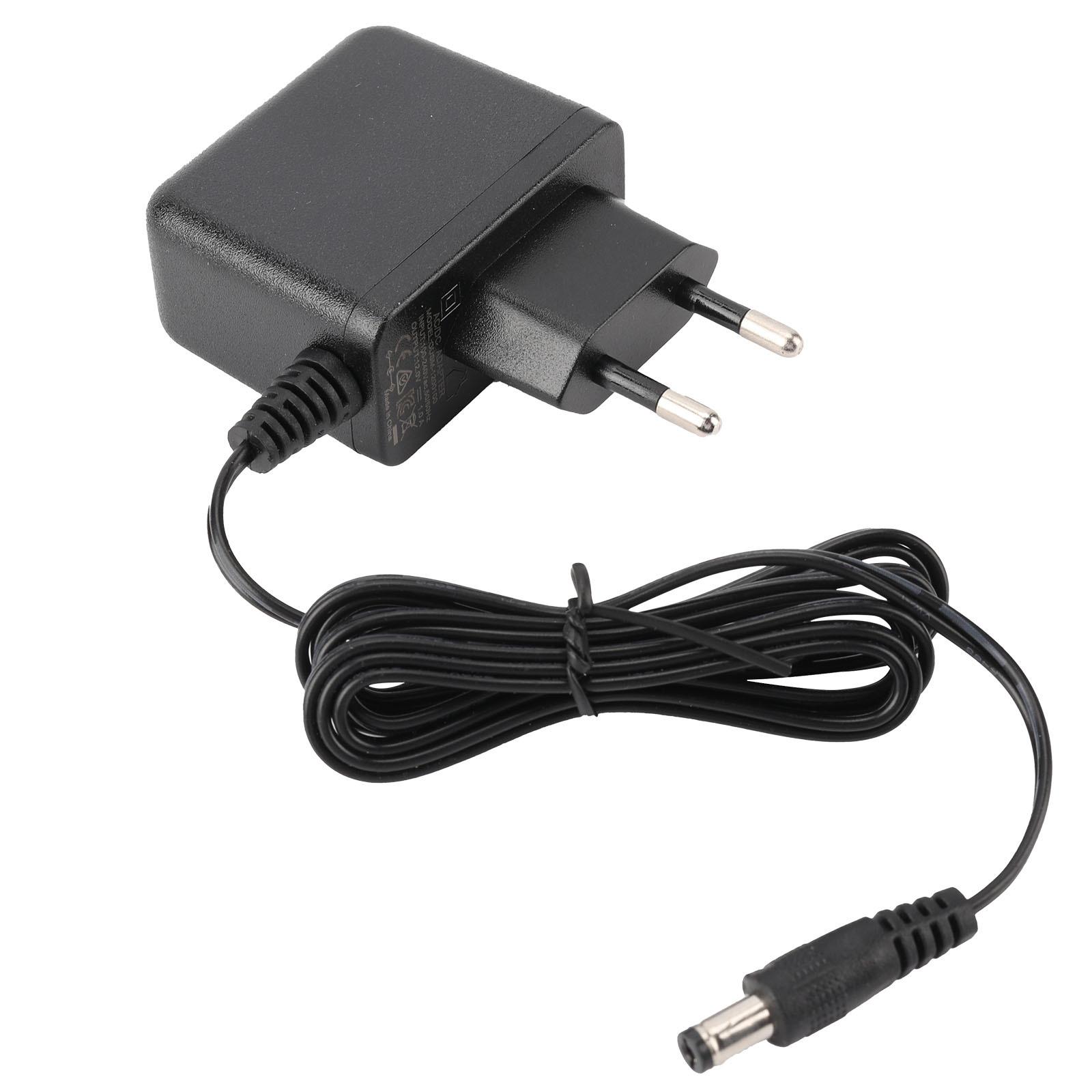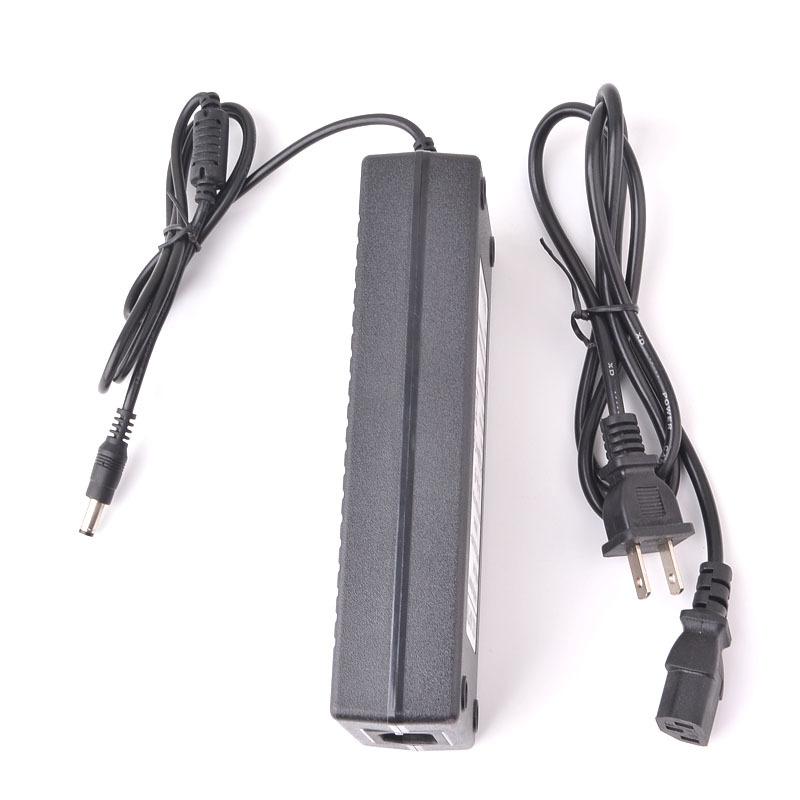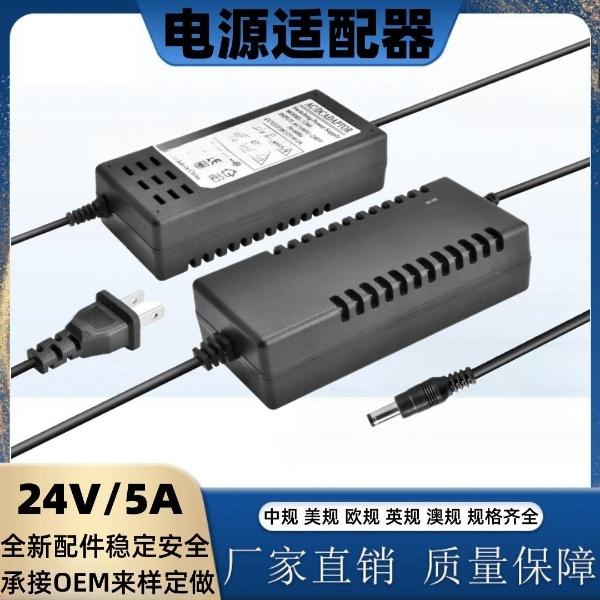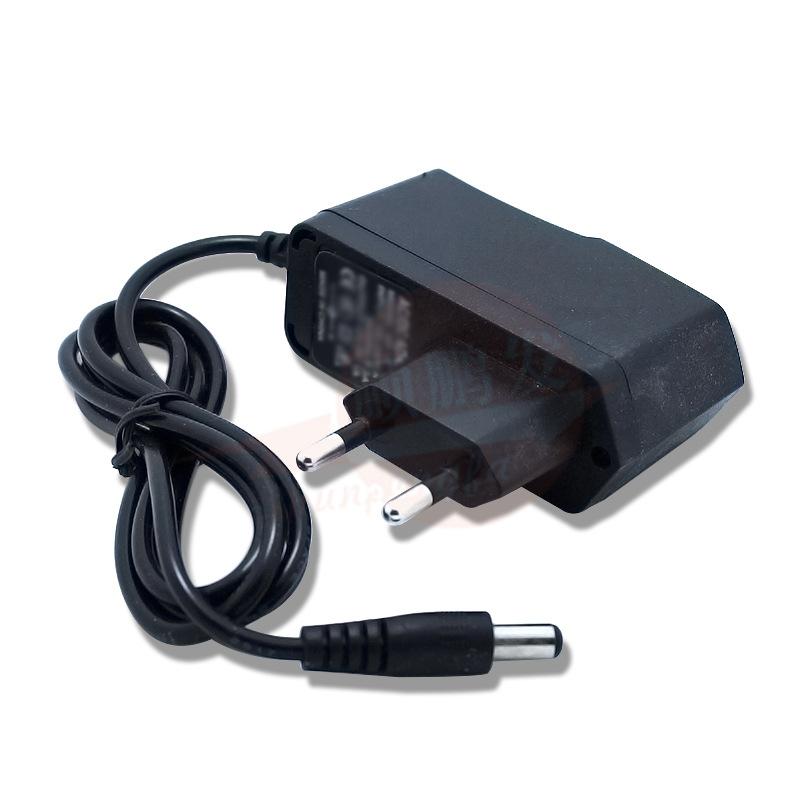NFC and RFID are both technologies used for wireless communication, but they serve different purposes and have distinct characteristics.
This article discusses the differences between NFC and RFID technology.
What is NFC?
NFC (Near Field Communication) is a short-range technology used for contactless transactions like mobile payments, public transportation fares, and access control systems. It allows two-way communication between devices, enabling them to read and write to each other. NFC is integrated into modern smartphones and contactless payment cards.
What is RFID?
RFID (Radio Frequency Identification) is a technology used for tracking and identifying objects, animals, or people, with applications such as inventory management, asset tracking, electronic toll collection, and tracking pets. It operates over a longer range and can be passive or active, and doesn't require a direct line-of-sight between the tag and the reader, unlike NFC.
The difference between NFC and RFID
NFC, a subset of RFID, operates at 13.56 MHz and has a short range of up to 4 inches. It allows two-way communication between devices, acting as both a reader and a tag, and is designed for secure peer-to-peer data exchange. While RFID excels at long-range identification and tracking, NFC is optimized for secure, short-range data exchange between devices, making it ideal for applications like mobile payments and device pairing.
NFC and RFID are both wireless communication technologies that enable contactless data transfer, the differences between them can be summarized as follows:
- RFID tags have a longer range than NFC, with passive tags readable up to 25 meters and active tags up to 100 meters, providing security against unauthorized access compared to NFC's 4 inch range.
- RFID is used for one-way identification and tracking of inventory, while NFC enables two-way data transfer, allowing devices to share information like contacts and photos.
- NFC's extremely short range makes it more secure than long-range RFID, as data can only be accessed within a few centimeters. RFID tags are more susceptible to skimming and unauthorized reading from a distance.
- RFID is widely used for supply chain management, inventory tracking, access control, and asset tracking. NFC is commonly used for contactless payments, file sharing between devices, and accessing information by tapping NFC tags.
What are some common uses of NFC technology?
NFC technology has a wide range of common uses across various industries and applications.
Contactless Payments
One of the most widespread uses of NFC is for contactless mobile payments. Many smartphones now have built-in NFC chips that allow users to make secure payments at retailers by simply tapping their phone on the payment terminal. Popular examples include Apple Pay, Google Pay, and Samsung Pay.
Data Transfer
NFC enables quick and easy data transfer between two NFC-enabled devices by tapping or bringing them in close proximity. This is commonly used for sharing contacts, photos, videos, and files between smartphones, or pairing devices like wireless headphones or speakers.
Access Control
NFC tags or cards can be used as digital keys for accessing buildings, rooms, or restricted areas by tapping them on an NFC reader. This is commonly used in office buildings, hotels, and secure facilities.
Product Authentication
NFC chips can be embedded in products during manufacturing to enable product authentication and prevent counterfeiting. Consumers can tap the product with their NFC-enabled phone to verify its authenticity.
Public Transportation
Many public transit systems use NFC technology for contactless ticketing, allowing passengers to tap their NFC-enabled card or mobile device on a reader to pay for their fare.
Healthcare
NFC is used in healthcare for various applications, such as patient identification, accessing medical records, and tracking medication. NFC wristbands can store patient information and enable secure access to their data.
What are the advantages of using NFC over RFID?
NFC technology offers several advantages over traditional RFID for access control and door entry systems. Its shorter range of operation, two-way communication, and smartphone credentials make it more secure. NFC eliminates the need for physical keycards and fobs, allowing users to use their smartphones as access credentials. It also allows for two-way communication, enhancing security.
NFC also offers improved user experience, integration with mobile payment systems like Apple Pay and Google Pay, and reduced signal interference. Overall, NFC is a more secure and user-friendly option for access control and door entry applications.
Can RFID cards be read by NFC?
RFID cards can be read by NFC devices, but compatibility depends on factors like frequency, protocol, and encoding. Most NFC devices operate at 13.56 MHz, which is common for RFID systems. However, not all RFID cards are compatible with all NFC devices due to different technologies or proprietary protocols. While many NFC-enabled devices can read and interact with a wide range of RFID cards, compatibility issues can still occur.
Which is cheaper, RFID or NFC?
RFID tags are generally cheaper than NFC tags due to their simpler design and functionality. Passive RFID tags, without a power source, are cost-effective to produce, costing less than 10 cents per tag. NFC tags, with two-way communication capabilities, have higher manufacturing costs. Active RFID tags with a power source are more expensive.
RFID technology is considered more cost-effective for tagging and tracking applications.
Which is safer, NFC or RFID?
NFC and RFID technologies offer security through proper implementation, but NFC is considered safer for applications like contactless payments due to its shorter range and integrated encryption/authentication features.
RFID, on the other hand, can operate over longer ranges and is less secure due to its shorter read ranges. Passive RFID tags are less secure, while active RFID tags, with their own power source and longer range, can be more secure due to stronger encryption and authentication mechanisms.



